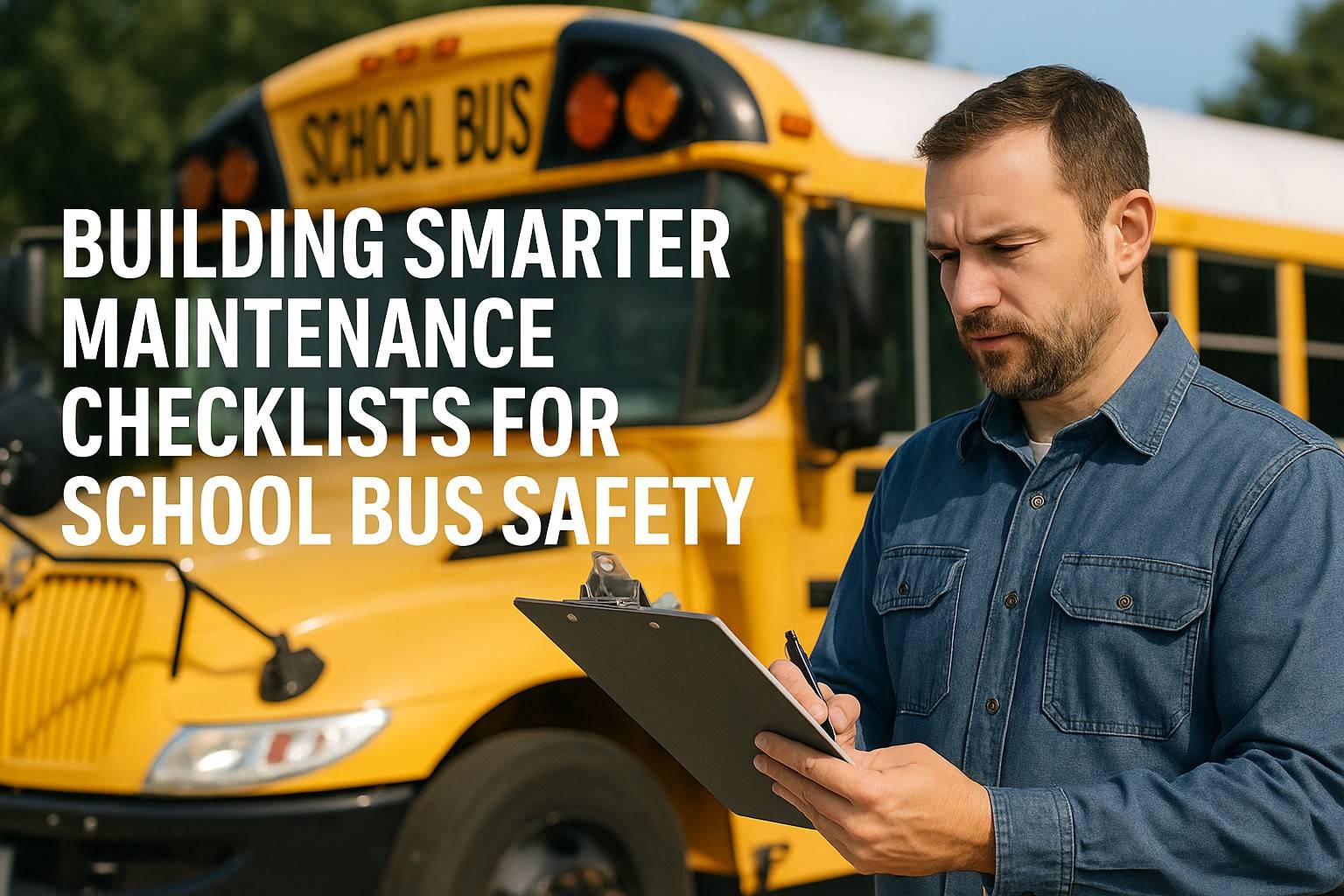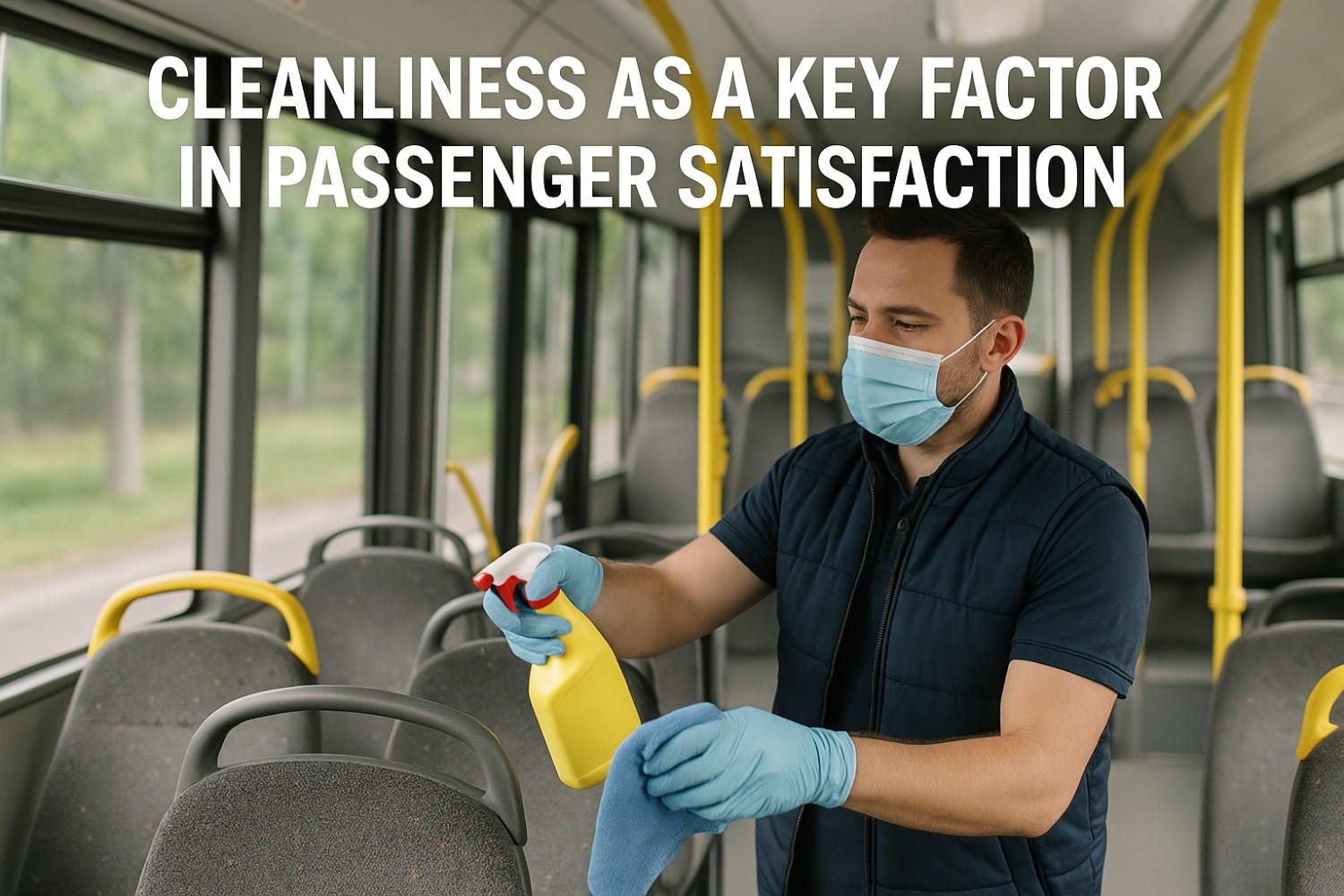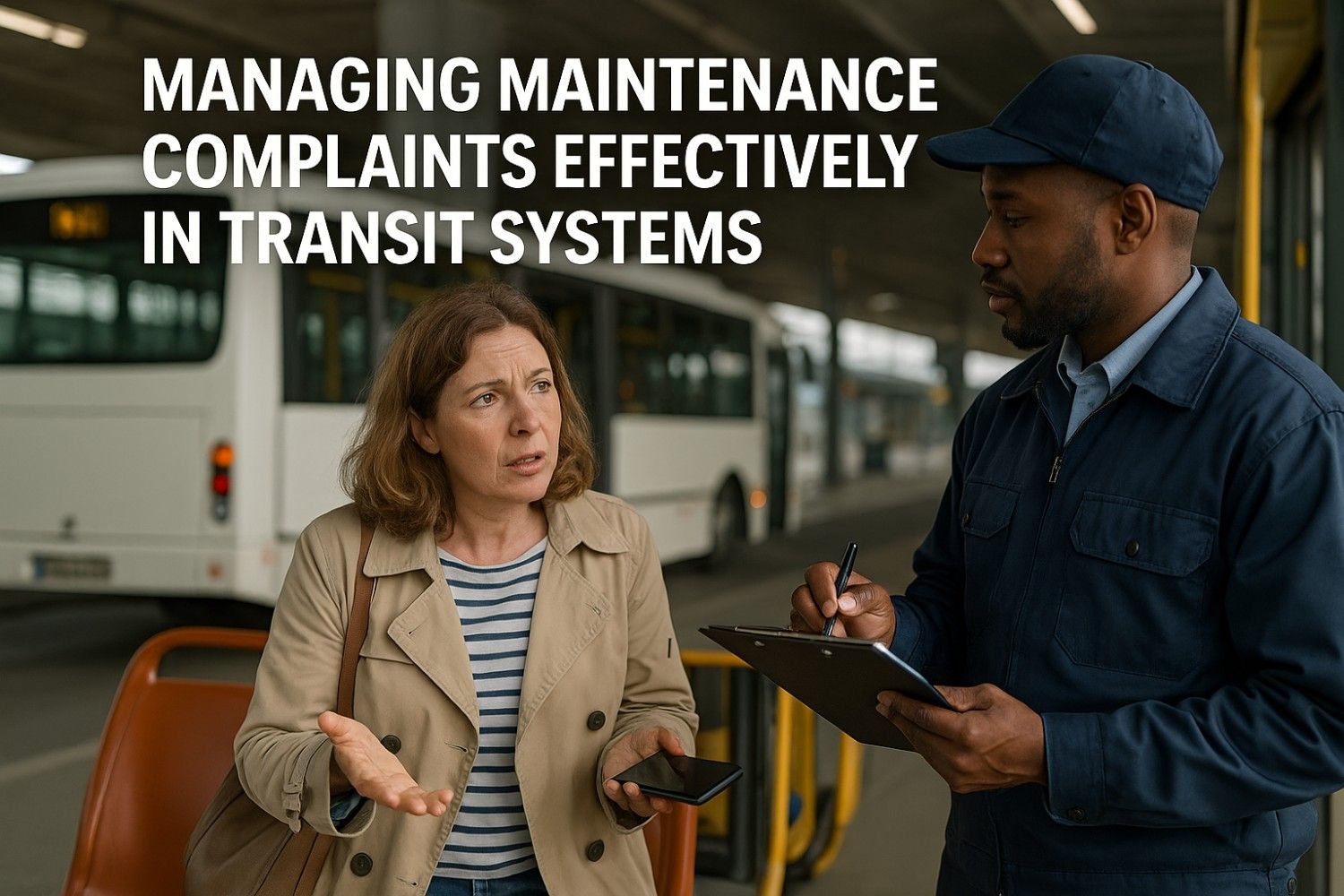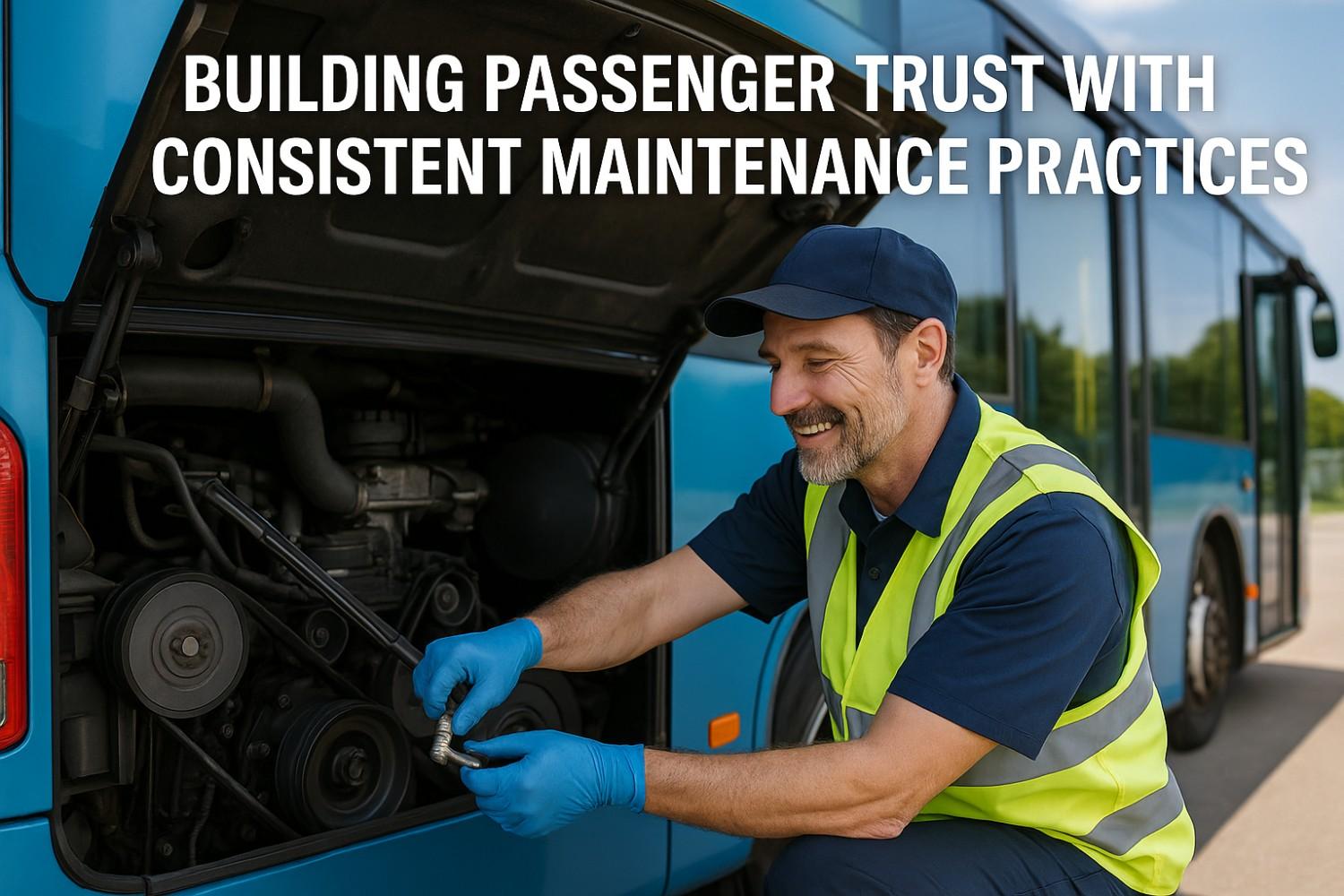School bus safety begins with comprehensive maintenance checklists that ensure every critical system receives proper attention before potential failures compromise student transportation. US fleets transport over 26 million students daily, making systematic maintenance protocols essential for operational safety and regulatory compliance. Modern Bus CMMS platforms have transformed how transportation departments create, manage, and execute maintenance checklists.
Traditional paper-based checklists often result in inconsistent inspections, missed critical items, and inadequate documentation for regulatory audits. Digital maintenance checklists powered by advanced Bus CMMS systems provide real-time updates, automated scheduling, and comprehensive reporting capabilities that enhance both safety outcomes and operational efficiency across school districts nationwide.
Effective maintenance checklists must address both preventive maintenance requirements and safety-critical system inspections. Fleet managers utilizing intelligent checklist systems report 35% improvements in inspection consistency and 40% reductions in safety-related incidents through systematic maintenance protocols and enhanced documentation practices.
Critical Safety Checklist Components
Essential Daily Inspection Items
- Brake System Verification: Pedal feel, air pressure readings, and emergency brake functionality testing
- Lighting System Check: Headlights, taillights, warning flashers, and stop arm operation verification
- Tire and Wheel Inspection: Tread depth measurement, pressure verification, visible damage assessment
- Emergency Equipment Status: First aid kit contents, fire extinguisher pressure, and emergency exit functionality
- Safety Device Testing: Mirrors, seat belts, handrails, and student barrier verification
Transportation departments using Bus CMMS checklist systems can customize inspection protocols based on vehicle age, mileage, and operational conditions. Advanced systems provide photo documentation capabilities and GPS verification to ensure thorough and accurate inspections.
Systematic Checklist Development
Multi-Level Inspection Framework
Comprehensive school bus maintenance requires structured checklists that address different inspection frequencies and technical complexity levels. Bus CMMS platforms excel at managing multi-tiered inspection schedules across diverse fleet compositions and regulatory requirements.
Checklist Categories and Frequencies
Pre-Trip Daily Inspections
- Driver walkthrough inspection protocol
- Fluid level verification and leak detection
- Safety equipment functionality testing
- Basic operational systems verification
- Exterior and interior cleanliness standards
Weekly Technical Inspections
- Detailed brake system inspection and testing
- Electrical system diagnostic procedures
- Suspension and steering component assessment
- Engine performance monitoring and analysis
- HVAC system operation and filter inspection
Monthly Comprehensive Evaluations
- Complete safety system certification procedures
- Transmission and drivetrain performance testing
- Body and structural integrity assessments
- Advanced diagnostic system analysis
- Regulatory compliance verification procedures
Technology-Enhanced Checklist Management
Modern school bus fleets incorporate sophisticated safety systems, GPS tracking, student management technologies, and environmental controls that require specialized inspection procedures. Traditional checklist approaches cannot adequately address the complexity of contemporary vehicle systems and regulatory requirements.
Bus CMMS platforms provide integrated checklist management with real-time data capture, automated compliance reporting, and predictive maintenance integration. Transportation managers report 45% improvements in inspection accuracy and 50% reductions in administrative time through digital checklist implementation.
Regulatory Compliance and Documentation
Compliance Requirements and Benefits
Federal and state regulations mandate specific inspection procedures and documentation standards for school bus operations:
- DOT Inspection Standards: Annual safety inspections and detailed documentation requirements
- State Certification Programs: Regular safety audits and compliance verification procedures
- Insurance Requirements: Documented maintenance records for liability protection
- Operational Efficiency: 25-30% improvement in maintenance scheduling accuracy
- Cost Management: 20% reduction in emergency repair expenses through preventive protocols
Implementation Strategies for Success
Establishing Effective Checklist Programs
Successful checklist implementation requires systematic planning, comprehensive staff training, and technology integration. Bus CMMS deployments should begin with thorough assessment of current inspection practices, identification of safety improvement opportunities, and development of standardized procedures tailored to specific fleet requirements.
Key implementation phases include baseline safety metric establishment, maintenance staff training on digital systems and safety protocols, accountability measure development, and continuous improvement process creation. Transportation departments should expect 3-6 months for complete program implementation and measurable safety improvements.
Critical Success Elements
- Administrative leadership commitment and resource allocation for safety initiatives
- Comprehensive training programs for drivers and maintenance personnel
- Integration with existing operational systems and safety protocols
- Regular performance monitoring and checklist refinement processes
- Vendor partnerships for specialized safety equipment and training
Enhance Your School Bus Safety Program
Ready to implement comprehensive maintenance checklists that protect students and reduce operational risks? Bus CMMS provides the digital tools and expertise necessary to create world-class safety inspection programs that deliver measurable results and regulatory compliance.








